Children's Home Transition
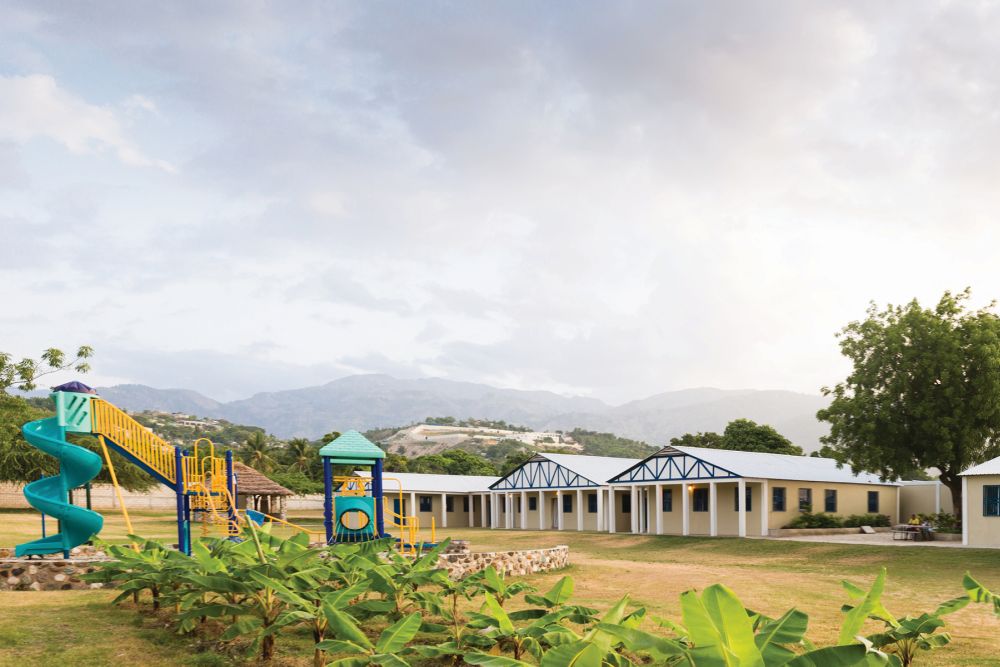
Jesus said, “Let the little children come to me” (Matthew 19:14). Here at Lifeline, we follow His lead as we open our arms to serve children around the world!
Through Lifeline’s ministries, children are educated in Christian schools, enrolled in nutrition programs, connected with children’s ministries at local churches, and/or grow up at our children’s homes...all while being surrounded in God’s Word. We strive to provide the best we can for children, which is only possible through prayer warriors, mission trip participants, sponsors, and donors like you!
As we strive to provide the best for children, we are always learning from research, best practices of other organizations, the cultures and communities where we serve, and God’s leading. As we lean into these resources that God provides us, sometimes we discover there may be a better way to serve children.
Right now, we are in that situation...
Were children’s homes the best solution?
Years ago when a fellow mission organization was ceasing operations in Haiti, Lifeline was asked to assume ownership of their children’s home. A few years later, a different organization in similar circumstances approached us with the same request in Honduras. In our call to “look after orphans” (James 1:27), we received these abandoned, orphaned, and at-risk children into our care. Some of these children had biological family members who, at the time, were unable to continue to provide for their children. In that era, orphanages and children’s homes were commonplace and were viewed as acceptable places to raise vulnerable children. In these children’s homes, the children could live safely, grow in their faith, develop emotionally, learn social skills, and receive a Christian education.
Was placing the children in the homes the best solution? Perhaps at the time. But over 50 years of global research has shown that a safe and secure family is the optimal environment for a child to grow and develop.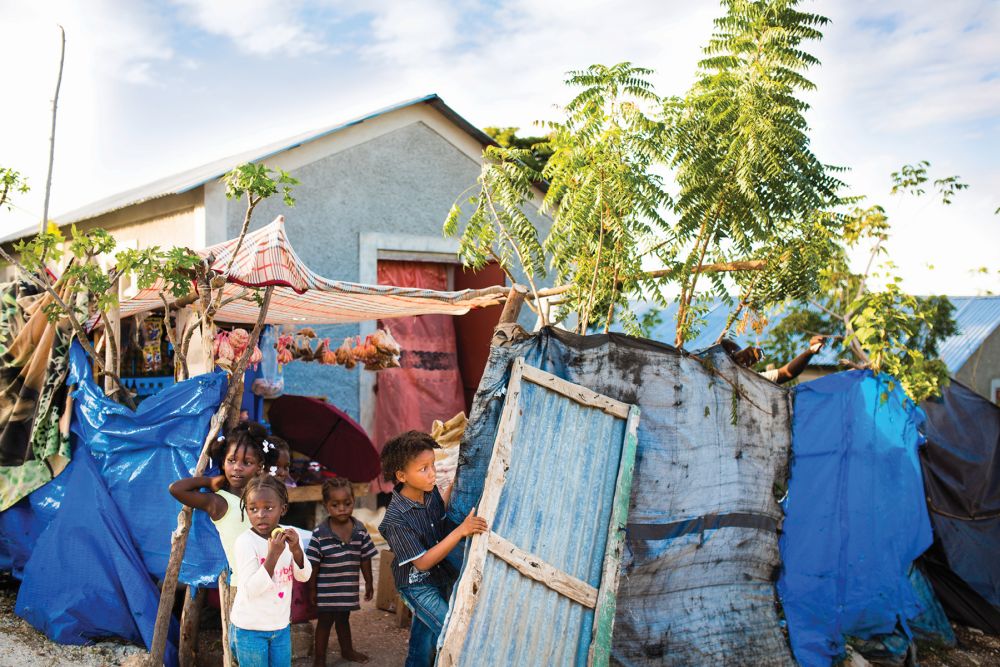
Internationally, government and children’s service branches are endorsing a policy shift away from residential institutions (such as orphanages or children’s homes). Instead, they are promoting policies and services that support vulnerable families’ stability. They want to bring families back together in a viable and healthy way.
Research has shown that children in orphanages and children’s homes almost live in a “bubble world.” Meaning, they live isolated from the broader community. They don’t experience the attachment to family and family roots, how to successfully navigate life in the community (like learning to be “street smart”), and the traditional life and inner workings of a family home. We have experienced these problems in our own children’s homes. For example, our children’s home in Haiti has electricity and running water, which is the opposite experience of how most Haitians live. In the Honduran culture, interaction with extended family is important. Children in our children’s home there do not know their extended family in a meaningful way, which makes it difficult to understand their roots and heritage. In both locations, it's a culture shock for the children to leave the home! In recent years, we have intentionally worked with the older children to prepare them for life on their own, but nevertheless, it is a huge adjustment.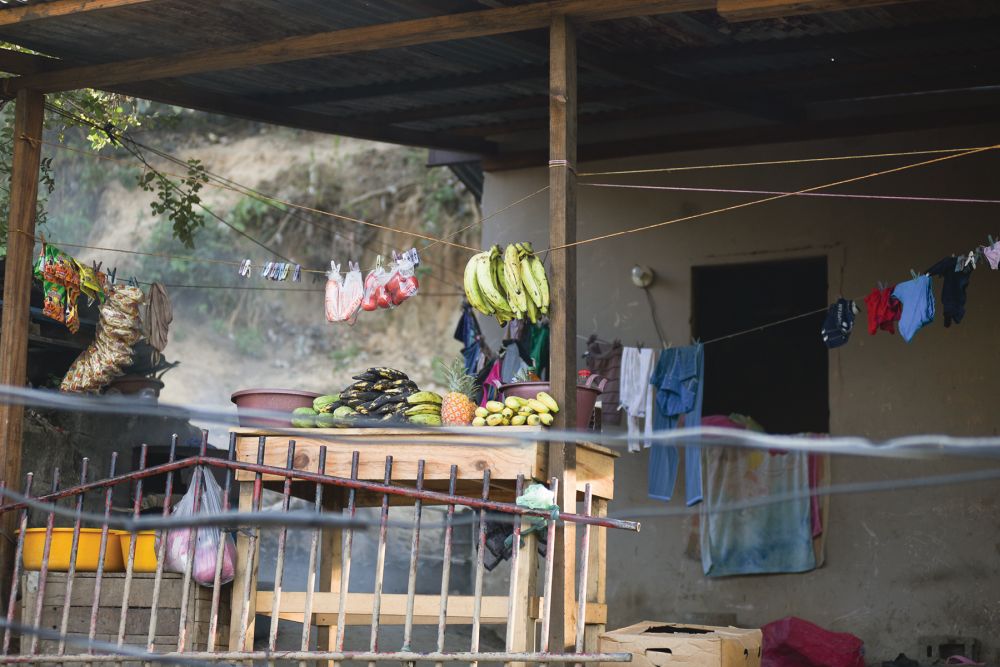
What research is driving this international movement?
The Haitian and Honduran governments have joined this international movement and created national plans to reduce the reliance on institutional care. They are committed to respecting the right of the child to be with their biological family whenever possible, and to affirming that the family is the central social institution.
Here are a few of the policy frameworks that serve as the basis for their transformed policies:
- UN Convention on the Rights of the Child: “Under international human rights law, children have the right, as far as possible, to know and be cared for by their birth families and not to be separated from their parents.” (UN General Assembly. (20 November 1989). Convention on the Rights of the Child. United Nations, Treaty Series 1577, ratified by Haiti 1995. Articles 7 and 9. http://www.refworld.org/docid/3ae6b38f0.html).
- UNICEF Guidelines for the Alternative Care of Children: “Every child and young person should live in a supportive, protective, and caring environment that promotes his/her full potential.” (Funding Haitian Orphanages at the Cost of Children’s Rights. Lumos. Page 15).
- Research studies over the past several decades demonstrate that children raised in biological, foster, and adoptive families demonstrate better physical, intellectual, and developmental outcomes as compared to children living in institutional care. A family is able to provide a child with love, a sense of belonging, and a lifelong connection to a community of people. Within families, children learn and participate in family and cultural traditions, have a sense of shared history, and learn important social skills that help them engage and interact as family and community members later in life. (Children in Haiti: from Institutions to Families. Lumos. Page 9).
Since the Haitian and Honduran governments are taking intentional steps to deinstitutionalize children and to support services for healthy reintegration with families, we must respect their lead and follow their efforts.
How is Lifeline leaning on God’s guidance?
As the international community and governments look toward studies and research for their answers to guide their shift away from institutions and toward family reunification, here at Lifeline, we also rely on God’s Word to provide direction and discernment.
Time and time again, the Bible speaks about the importance of families and provides guidelines for interacting together.
Here are just a few:
- Honoring parents and each other (Exodus 20:12; Proverbs 15:20; Matthew 19:19)
- Training and instructing children (Proverbs 1:8; Proverbs 6:20; Proverbs 22:6; Ephesians 6:4; Colossians 3:21)
- The blessings of children (Psalm 127:3-5; Proverbs 17:6)
- Families being baptized/saved together (Acts 16:31-34)
- The blessings of parents (Proverbs 17:6)
- Serving God together (Joshua 24:15)
Our responsibility is still to look after orphans and widows! There is no question there. But by studying the research, learning from the cultures and communities in which we serve, and ultimately listening to God’s leading, we’re learning there is a better way to serve the children and families that God has entrusted in our care.
This is a heavy topic, and has really challenged our thinking!
What does the future hold?
We realize as prayer warriors, mission trip team members, sponsors, and donors, you have many questions about this transition. We covet your prayers as we seek God’s direction in this transition. These children have been entrusted into our care, which we do not take lightly. Some of these children know little about life beyond the walls of our children’s home campuses.
As we look at the changes that need to be made, what will the next 12-24 months and beyond look like for the children, their families, and our ministries in these countries?
Thankfully, God has led us to the right people with the right experience. We are learning about service models that ensure safe and healthy reunification of children with their families.
In Haiti:
With a team of social workers, key members of our Haitian staff, and other national professionals, we have begun the process of assessing each individual child’s family to create a care-plan for each child. Each situation is unique; each family’s needs are different. This will not be a one-size fits all approach, but tailored to the individual, following the guidance of IBESR (Haiti’s social services) and other key players. Some children will easily rejoin their families in a state of readiness and eager anticipation; some children’s families will need varying degrees of support prior to reunification with the child; other children may need to be placed in foster families in the community. We have faith and confidence in our social workers to thoroughly evaluate the children’s options and present us with a balanced assessment that puts the children’s safety and well-being first. We have been offered the pro bono services of a Haitian child psychologist, who works for Lumos Foundation, to meet with the children twice monthly, and for this service we are so grateful!
In Honduras:
We are in the beginning phases of discussions to determine what the transition will look like. Our staff is researching and exploring our options, along with having conversations with the Honduran government and DINAF (Honduran social services) to determine our next steps. Right now, we have no immediate answers or a transition timeline. Pray for clarity as our staff navigates the laws and systems to determine the best path for the children.
We will also begin to have conversations about how to best repurpose the existing children's home buildings. We envision many possible new uses for these facilities: additional classrooms to educate more students, an adult literacy center, a training center, boarding school, or something completely different that God has yet to reveal to us! We will lean on our Haitian and Honduran leadership to provide recommendations that would best serve their communities.
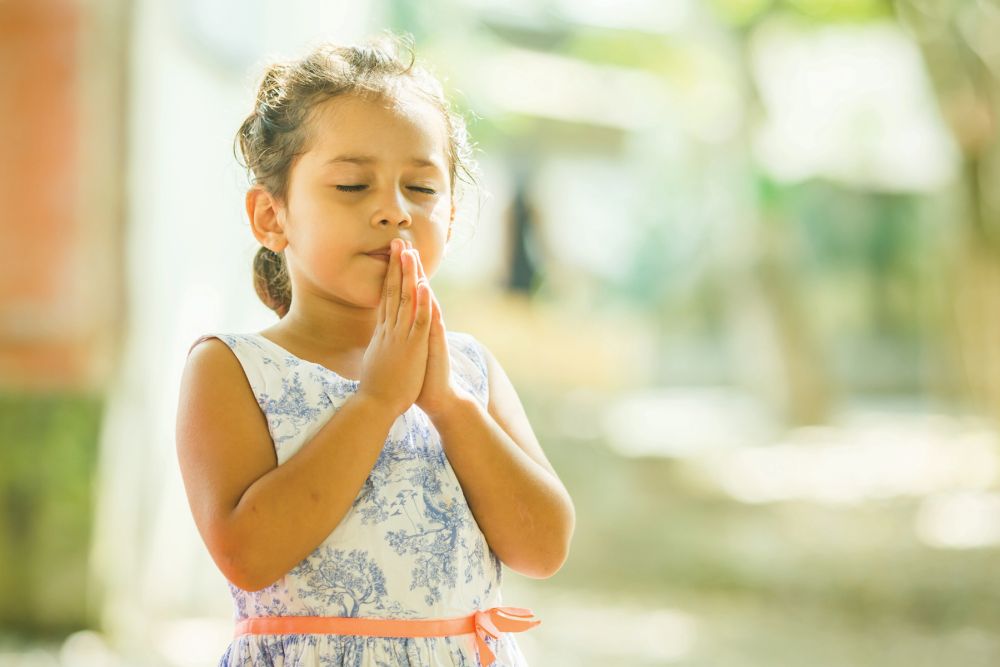
What is my part in this transition?
Pray without ceasing! (1 Thessalonians 5:17)
- Pray for the children throughout this transition. Pray for their faith and trust in God. Pray that the children will see that God is with them and they can rest in the “shadow of His wings” (Psalm 57:1). Pray for God to provide wisdom and discernment to our Haitian and Honduran staff as they work with the children. Pray for the families that these children will return to or the foster families who will love these children as their own.
- Pray over the children’s home facilities. Pray that God reveals His next role for these buildings. Dream with us on how the facilities can be used to minister to the community and reach more people with Christ’s love.
Consider a financial contribution to support the costs associated with these transitions, such as additional social work hours, in-country travel, family support services, and such. Any amount will help! Contributions can be made out to Lifeline Christian Mission and sent to Lifeline’s giving address at P.O. Box 2288, Monument, CO 80132. Write “children’s home transition” in the memo line.
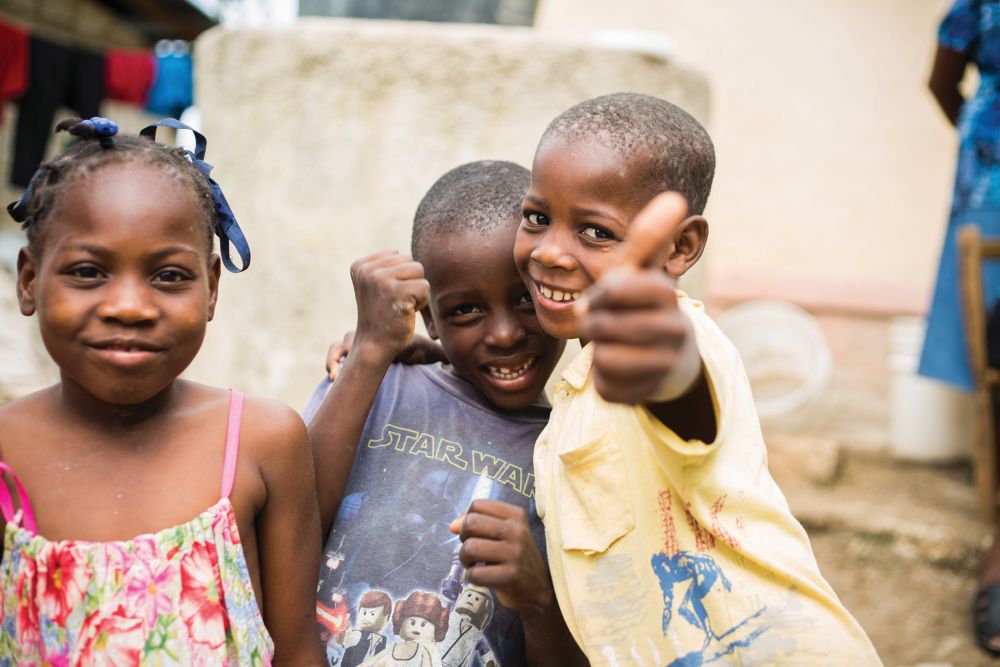
We’re still serving children...
As we look to the future of these children and the transition they will go through, our arms are still open to serve children. As Jesus said “let the little children come to me” (Matthew 19:14). That has not changed!
We’re humbly learning, along with the global community, how better to care for the children and families that God has entrusted us with. We are praying fervently for these children and the transitions they will go through!
Sincerely,

Joel Augustus
Executive VP of Field Ministry
Lifeline Christian Mission
-------------------------------------------------------------------------------------------------------------------------------
If you would like to delve deeper into this subject, here are some additional resources:
- "Children, Orphanages, and Families: A Summary of Research to Help Guide Faith-Based Action" - by Faith To Action Initiative
- "Children in Haiti: From Institutions to Families" - by Lumos
Articles we mentioned in this letter:
- Children in Haiti: from Institutions to Families. Lumos. Page 9.
- Funding Haitian Orphanages at the Cost of Children’s Rights. Lumos. Page 15.
- UN General Assembly. 20 November 1989. Convention on the Rights of the Child. United Nations, Treaty Series 1577, ratified by Haiti 1995. Articles 7 and 9. http://www.refworld.org/docid/3ae6b38f0.html

